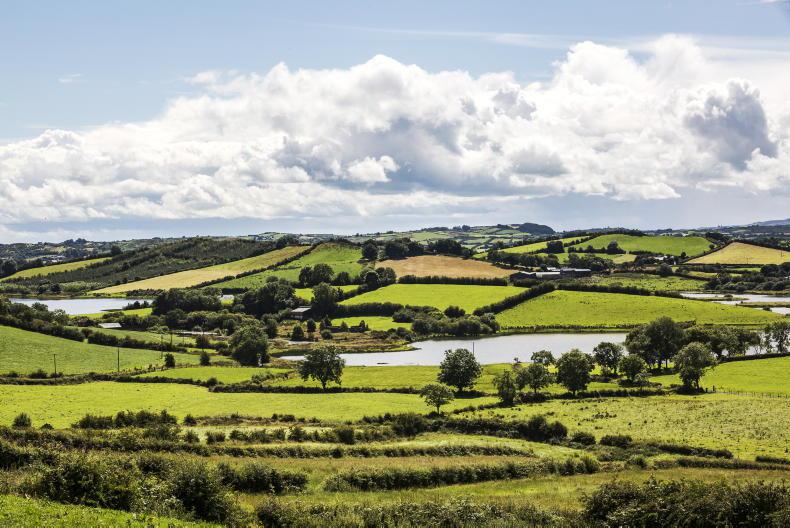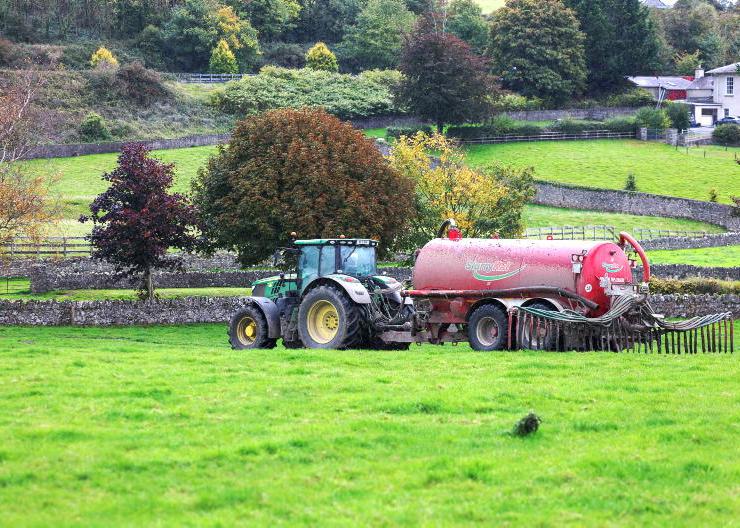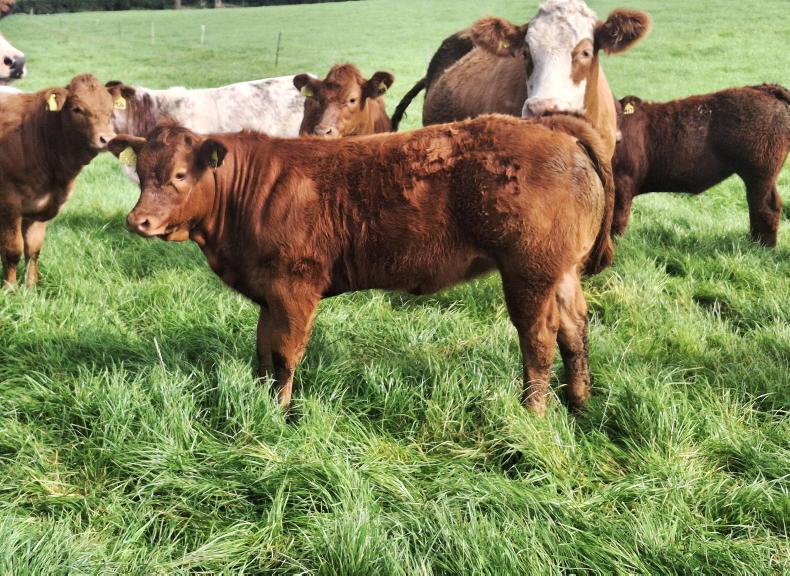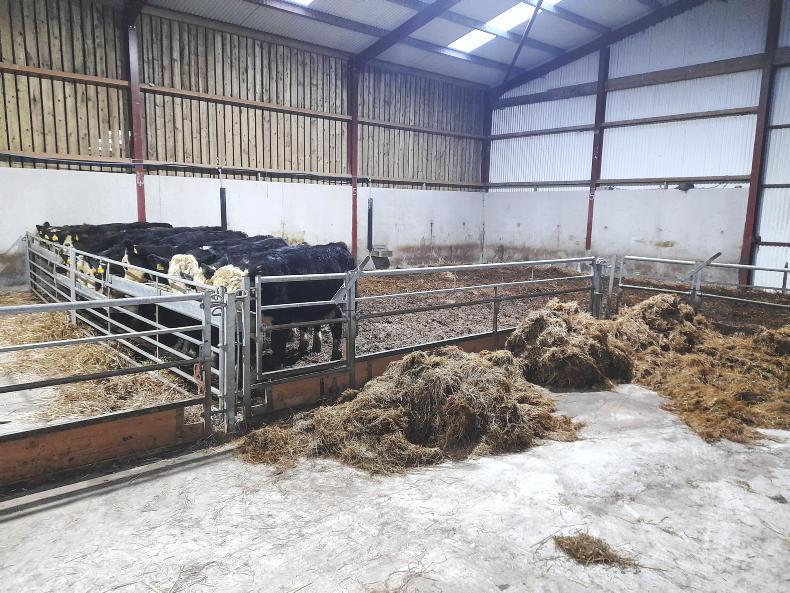Weather forecasts predict temperatures to plummet towards the end of the week and overnight frost is likely.
Freezing temperatures make it harder for farmers to go about their daily routine. But with a bit of forward planning, most issues can be dealt with.
Outlined are five tips to working in cold conditions.
1. Keeping machinery operational
Tractors are harder to start during mornings with a heavy frost. Make sure the battery on any tractor or telehandler doing the feeding routine is well charged.
Locate the jump leads, spare batteries, charger or booster pack now and store where they are easily accessible. Make sure there is a working extension lead for the booster pack and charger.
If tractors have a history of being hard to start, park them so the engine and battery can be easily accessed for jump starting.
Cattle sheds tend to be warmer than general storage sheds, due to the heat from animals. Parking tractors in cattle sheds can make them easier to start in the mornings. Just be mindful of getting access to the battery if a jump start is required.
Check anti-freeze and top up if fluids are on the low side. When starting machines, let the engine run for a short period to allow oil to warm up before engaging hydraulics.
Leave the greasing of moving parts until late morning or afternoon, as it will be harder to pump grease in cold conditions.
2. Silage feeding
If possible, feed cattle late in the afternoon or early evening. Machines will be easier to start and ice will be less problematic.
This makes it safer to operate tractors pulling a full diet feeder between outfarms or when working in yards with a slope. Offer extra silage, if necessary, to push the feeding routine into afternoon or the evening time.
Where cattle are wintered on an outfarm, can silage bales be left in these yards before temperatures drop this weekend to avoid travelling on icy roads?
3. Remove the silage pit cover in advance
Plastic covers on the silage pit are dangerous during frost. Removing the cover in advance during daylight hours will be a safer option.
4. Water provision
If water troughs have a tendency to freeze, can exposed pipes be lagged before temperatures drop this weekend?
Fill a couple of IBC containers to have a back-up water source in case water supply is interrupted due to frost.
Again, take some steps to prepare for frozen pipes. Locate the blow torch lighter or matches to thaw water and make sure there are full gas canisters.
5. Spare parts
Heavy frost can be sore on hydraulic hoses and couplings showing a bit of wear and tear. Joints and pipes can burst or leak.
The same goes with water piping and fittings for drinking troughs. Check if there are some spare parts and pipes available to make repairs if required.
Even if these parts are not used, there will be further cold snaps over winter and they may come in handy then.
Read more
In pictures: junior champions light up Carrick fatstock
500,000 of Dawn Meats’ cattle being monitored for emissions
Weather forecasts predict temperatures to plummet towards the end of the week and overnight frost is likely.
Freezing temperatures make it harder for farmers to go about their daily routine. But with a bit of forward planning, most issues can be dealt with.
Outlined are five tips to working in cold conditions.
1. Keeping machinery operational
Tractors are harder to start during mornings with a heavy frost. Make sure the battery on any tractor or telehandler doing the feeding routine is well charged.
Locate the jump leads, spare batteries, charger or booster pack now and store where they are easily accessible. Make sure there is a working extension lead for the booster pack and charger.
If tractors have a history of being hard to start, park them so the engine and battery can be easily accessed for jump starting.
Cattle sheds tend to be warmer than general storage sheds, due to the heat from animals. Parking tractors in cattle sheds can make them easier to start in the mornings. Just be mindful of getting access to the battery if a jump start is required.
Check anti-freeze and top up if fluids are on the low side. When starting machines, let the engine run for a short period to allow oil to warm up before engaging hydraulics.
Leave the greasing of moving parts until late morning or afternoon, as it will be harder to pump grease in cold conditions.
2. Silage feeding
If possible, feed cattle late in the afternoon or early evening. Machines will be easier to start and ice will be less problematic.
This makes it safer to operate tractors pulling a full diet feeder between outfarms or when working in yards with a slope. Offer extra silage, if necessary, to push the feeding routine into afternoon or the evening time.
Where cattle are wintered on an outfarm, can silage bales be left in these yards before temperatures drop this weekend to avoid travelling on icy roads?
3. Remove the silage pit cover in advance
Plastic covers on the silage pit are dangerous during frost. Removing the cover in advance during daylight hours will be a safer option.
4. Water provision
If water troughs have a tendency to freeze, can exposed pipes be lagged before temperatures drop this weekend?
Fill a couple of IBC containers to have a back-up water source in case water supply is interrupted due to frost.
Again, take some steps to prepare for frozen pipes. Locate the blow torch lighter or matches to thaw water and make sure there are full gas canisters.
5. Spare parts
Heavy frost can be sore on hydraulic hoses and couplings showing a bit of wear and tear. Joints and pipes can burst or leak.
The same goes with water piping and fittings for drinking troughs. Check if there are some spare parts and pipes available to make repairs if required.
Even if these parts are not used, there will be further cold snaps over winter and they may come in handy then.
Read more
In pictures: junior champions light up Carrick fatstock
500,000 of Dawn Meats’ cattle being monitored for emissions










SHARING OPTIONS